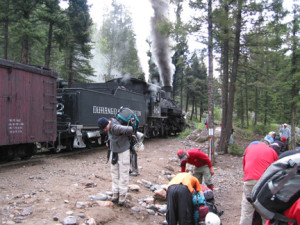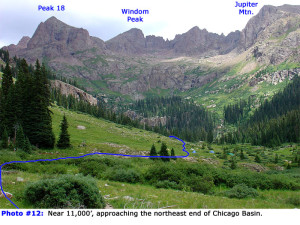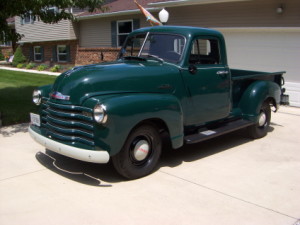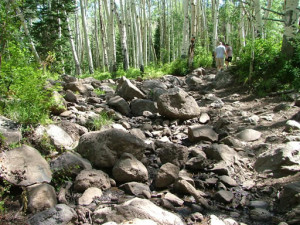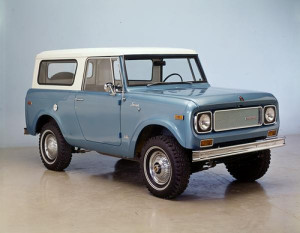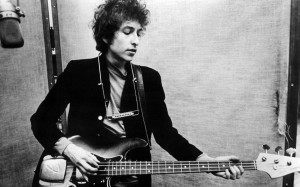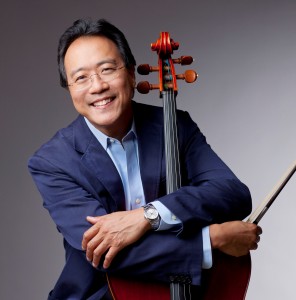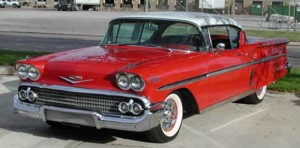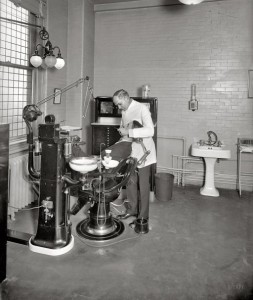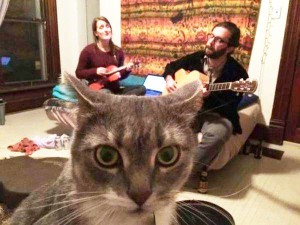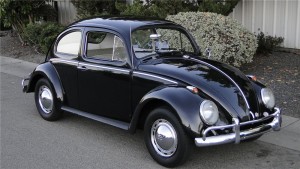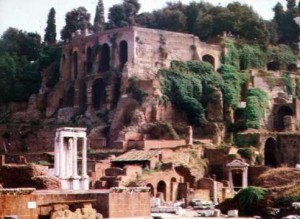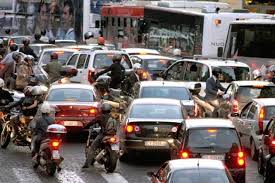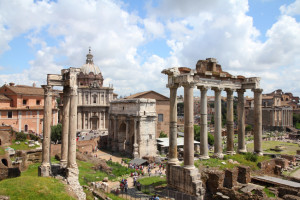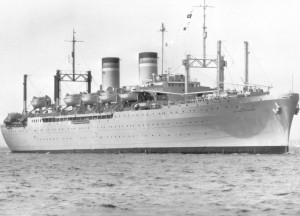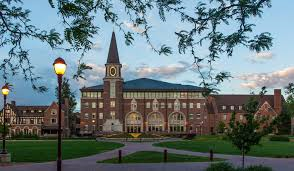Backpacking in the San Juans
My backpacking days are over. I’m old, I have a titanium knee, and I hurt in lots of places. The inspiration for this piece is Reese Whitherspoon’s Wild. The movie is about a woman who decided to pull her life together by backpacking the Pacific Crest Trail. She did it and found herself on the way. I didn’t find myself backpacking, but had some experiences that are still with me. I even had some parallel experiences, the main one being: don’t go on a long backpack with boots that don’t fit unless you enjoy pain.
On a long trip through the San Juans, my boots were too small. We took the narrow gauge train from Durango to Needleton, just a stop on the line halfway to Silverton. We got quite a few looks from the flatland tourists as we got off for a trail into a canyon a long way from anywhere. From the trailhead it was several uphill miles to Chicago Basin in the heart of the Needle Mountains, where we planned to spend some time.
About halfway, we came across some guys helping their friend with a badly sprained ankle to get to the railhead. He was in serious pain, unable to put any weight on his ankle. His friends were looking pretty strained. That first trail is where I began learning about my boots. It was the seventies when you had to have those massive European climbing boots for a walk in City Park. I think I spent something like $200.00 for them. I was determined they would fit OK once they were broken in. Hint: those things could be so worn out the soles are falling off, but they won’t be broken in. There was only one thing to do, keep walking.
Chicago Basin was miraculous. It is a large glacial basin ringed by mountains, three of them fourteeners. Windom Peak, Sunlight Mountain, and Mt. Aeolus. The area is full of thirteeners, not as famous, but challenging. It is steep country. Most of the San Juans are volcanic, but the Needles are the cores of ancient mountains, much older than the relatively recent volcanos.
In the 1970’s, the United States Geological Survey was changing from 15 minute topographical maps to 7 1/2 minute maps. The map for the Needle Mountains was somewhat behind in the revisions. It was published in 1900. No color, no modern changes to man-made features, but still useful for navigation. 7 1/2 minutes is roughly 7 miles. It is possible to walk through the area covered in one day. The Needle map was 15 minutes with a note to add eight feet to each elevation. No GPS in those days, just triangulating from one peak to another.
The Needle Mountains are one of the most remote mountain ranges in Colorado. A big glacier once sat in that basin at the foot of those mountains and ground away for a long time. There are lots of places in the Rocky Mountains with great views, and Chicago Basin is right up there. The other good thing is that it is hard to get to. Keeps the riffraff out. We had the basin to ourselves, even during the backpacking boom.
As a bonus, the weather was good. When it was time to leave, we thought a good breakfast was in order. Pancakes and coffee. Lots of both. We struck camp and headed over Columbine Pass. The trail switchbacks up that glaciated wall to a summit over twelve thousand feet high. Hint number two: don’t climb a steep trail at high altitude with a stomach full of pancakes. They didn’t feel like pancakes, they felt like lead in there. I guess suffering is one of the aspects of backpacking.
The descent led us to Vallecito Creek, and a long hike to Vallecito Reservoir, where my father gave us a ride to the car in Durango. Now, it is day hikes or four wheeling. The knees are the first to go.
